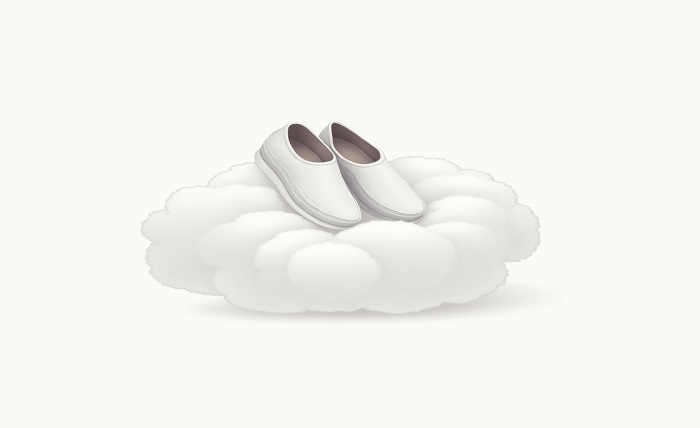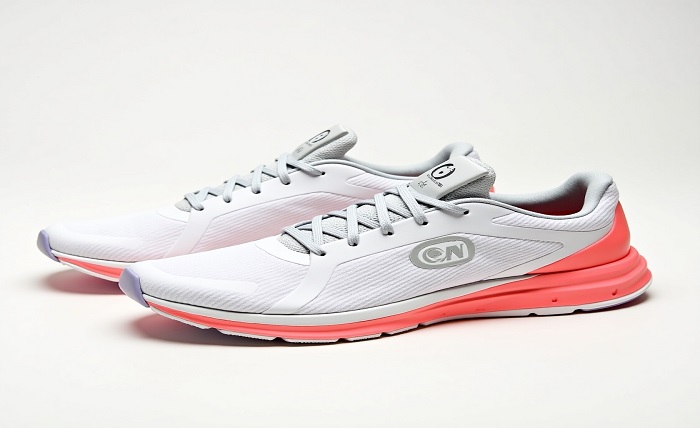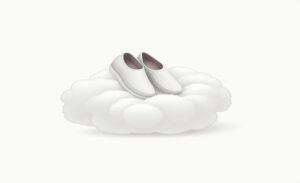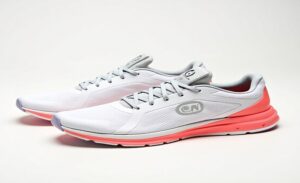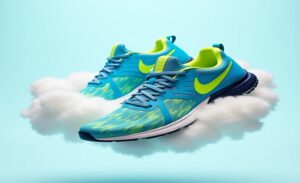The 80s and 90s witnessed significant cultural shifts, and this was particularly evident in the realm of fashion. The fashion of these two decades, from grunge and minimalist styles to bright hues and large silhouettes, shows the dynamic interaction of young culture, music, and socioeconomic developments. This blog article will examine how the fashions of the 80s and 90s fashion influenced our current wardrobe by delving into the major trends, significant personalities, and enduring effects of these decades.
Table of Contents
ToggleThe Social Context of the Eighties and Nineties Fashion
The 80s and 90s fashion were critical years that marked major changes in culture and greatly impacted fashion. Due to the decade’s economic growth and increased consumerism, the 1980s saw a rise in extravagant fashion, with runways and streets alike dominated by exaggerated silhouettes and vivid colors. Conversely, the 90s brought about a period of unstable economic conditions and a desire for genuineness, resulting in more carefree and subtle styles.
Major Patterns of the 1980s
Numerous unique fashion styles that reflected the decade’s enthusiasm defined the 80s and 90s fashion. Power suits, with their prominent shoulder pads and precise tailoring that exuded authority in the business world, were emblems of female empowerment. At the same time, neon colors came to define the period, especially in nightlife and youth culture, where vivid hues and fun patterns were the main attraction.
The Nineties Saw the Rise of Streetwear
The 80s and 90s fashion industry witnessed the rise of streetwear, a look that was greatly impacted by hip-hop culture. An emphasis on comfort and casualness was reflected in the generation’s uniform of baggy trousers, oversized t-shirts, and athletic sneakers. Biggie and Tupac were among the artists who significantly contributed to the popularization of this look, which has come to be associated with urban culture and youth identity.
Famous Designers of the Era
The 80s and 90s fashion were shaped by several prominent celebrities who defined the styles of their respective decades. As a result of her constantly changing style, which included everything from tutus and lace gloves to punk-inspired ensembles, Madonna became a symbol of the 80s and became associated with the idea of reinvention. In the 90s, Kurt Cobain became synonymous with the grunge movement, his laid-back style incorporating plaid shirts, tattered trousers, and a general contempt for conventional fashion, resonating with adolescents seeking authenticity.
The Function of Pop Culture and the Media
The impact of pop culture and the media on 80s and 90s fashion cannot be overstated. With the introduction of music videos, MTV transformed the way people consume fashion by giving musicians a stage on which to display their looks. Millions of people’s living rooms were exposed to fashion thanks to this visual medium, which also made trends quickly catch on and become popular. Furthermore, classic movies like “The Breakfast Club” and “Clueless” introduced viewers to unique fashions that shaped young culture, elevating the characters to the status of style icons in their own right.
The Development of Denim
During the 80s and 90s fashion, denim saw a dramatic metamorphosis, going from a traditional wardrobe staple to a platform for individual expression. Acid-washed jeans and embroidered denim jackets gained popularity in the 1980s; they were frequently dressed in oversized fits that complimented the bold aesthetic of the time. Denim skirts, distressed appearances, and high-waisted jeans became staples during the relaxed fashion movement of the 1990s.
From Fast Fashion to Haute Couture
One of the biggest changes to the fashion business in the 180s and 90s fashion was the move from haute couture to quick fashion. The emergence of quick fashion stores like H&M and Zara has democratized access to contemporary styles, enabling customers to experiment with fashion at reasonable costs, whereas haute couture has historically dominated the high-fashion scene. This change allowed trends to spread quickly and made seasonal collections more widely available.
In summary
The 80s and 90s fashion saw a lot of change in culture, daring decisions, and rebellious spirit in fashion. The bold hues and power suits of the 1980s and the relaxed grunge and streetwear of the 1990s have had a lasting impression on our current wardrobes. The legacies of the past continue to inspire and affect our trends as we continue to see these eras’ impact in contemporary fashion.
FAQ
Why do the 1980s and 1990s still have such sway over fashion today?
A multitude of styles that celebrated uniqueness and self-expression were introduced in the 80s and 90s fashion. Since many of these trends come back into style in the modern period, they are nostalgic and relevant to younger generations. Read more about: matindutierce
Which 80s and 90s pieces are absolute must-haves?
Oversized jackets, high-waisted pants, graphic tees, flannel shirts, and statement accessories like chokers and chunky jewelry are essential pieces.
What is the modern way to style 80s and 90s fashion?
Combine modern clothing with vintage items. Don’t be afraid to experiment with accessories that capture the fun vibe of the era by layering striking hues with muted tones.
Do any particular brands that still embody the style of the 1980s and 90s?
Numerous companies, such as Urban Outfitters, ASOS, and well-known designers’ vintage-inspired collections, get their inspiration from these decades.
What was the significance of streetwear in the 1980s and 1990s?
Streetwear made fashion more approachable and inclusive by reflecting the growth of urban culture and music. It made it possible for people to wear comfortable yet fashionable apparel to express who they are.


